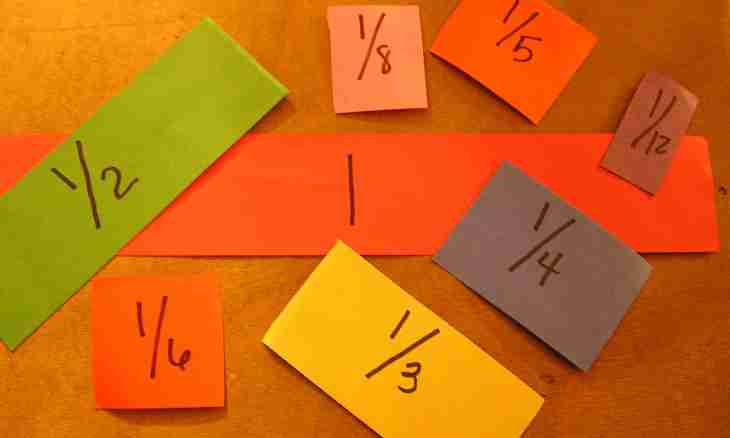The equations with fractions - the special type of the equations having the specific features and subtle aspects. Let's try to understand them.
Instruction
1. Perhaps, the most obvious moment here is, of course, a denominator. Numerical fractions do not constitute any danger (the fractional equations where in all denominators there are only numbers, in general will be linear), and here if in a denominator there is a variable, then it should be considered and registered. First, it means that the value x, turning into 0 denominator, a root cannot be, and in general it is necessary to register separately the fact that X cannot equal to this number. Even if at you it will turn out that at substitution in numerator everything perfectly meets and meets conditions. Secondly, we cannot multiply or divide both members of equation into the expression equal to zero.
2. After that the solution of such equation comes down to transfer of all his members in the left part so that in right there was 0. It is necessary to reduce all members to a common denominator, having multiplied where it is necessary, numerators on missing expressions. Further we solve the usual equation written in numerator. We can put the general multipliers outside brackets, apply formulas of the reduced multiplication, give similar, calculate roots of a quadratic equation through a discriminant, etc.
3. As a result decomposition on multipliers in the form of the work of brackets (x - has to turn out (i-y a root)). Also here the polynomials which do not have roots, for example, a square trinomial with a discriminant, smaller zero can enter (if, of course, it is required to find only the valid roots in a task as most often and happens). It is necessary to factorize also a denominator for the purpose of finding of the brackets which are already contained in numerator there. If in a denominator there are expressions of type (x - (number)), then it is better not to multiply at reduction to a common denominator the brackets standing in it ""bluntly"", and to leave in the form of performing initial simple expressions. Identical brackets in numerator and a denominator can be reduced, having registered previously as it was told above, conditions on x. The answer registers in braces as a set of values x, or just transfer: x1=..., h2=... etc.

